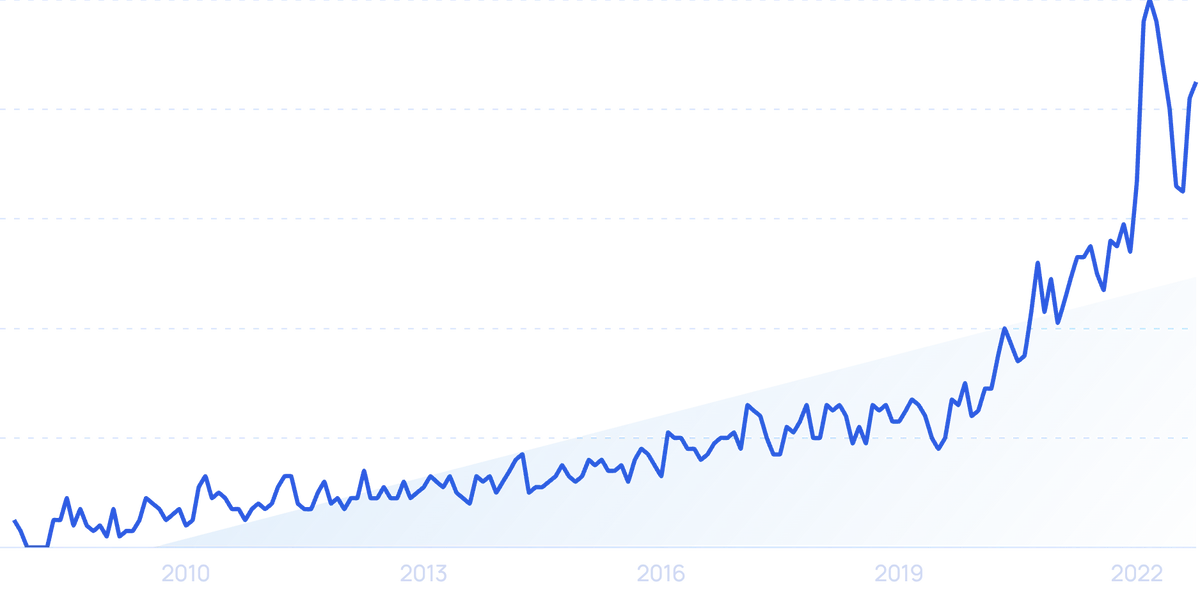7 Mind-Blowing Data Analytics Trends Shaping 2024 and Beyond
7 Mind-Blowing Data Analytics Trends Shaping 2024 and Beyond

Hey friend, let’s talk data! The world’s drowning in it, and how businesses handle that deluge is increasingly crucial for success. I’ve been digging into the top data analytics trends for 2024, and some of these are seriously game-changing. Get ready to be impressed!
1. AI: Data Analysis on Steroids
Forget manually sifting through spreadsheets. AI, especially machine learning (ML), is automating the whole process. Think real-time anomaly detection, insightful correlations across massive datasets, and predictions without needing a team of analysts. This “augmented analytics” lets everyday business users ask questions in plain English (like “How many Iowa customers did we have in 2024?”) and get answers instantly, thanks to tools like ChatGPT integrated into platforms like Qlik. It’s also tackling unstructured data like phone calls – imagine automatically analyzing 400,000 calls a month, saving countless hours! The market’s exploding, projected to reach over $32 billion by 2027.
2. Business Intelligence (BI): Unlocking Actionable Insights
BI tools are the workhorses of data analysis, transforming raw data into clear, actionable insights. Many now leverage AI/ML to identify problems, spot trends, and even uncover new revenue streams. Delta Airlines, for example, invested over $100 million in a BI system to track baggage handling, massively improving customer satisfaction. From personalized marketing campaigns to optimizing manufacturing supply chains, BI is becoming indispensable, with the market projected to hit $54.27 billion by 2030.
3. Edge Computing: Real-Time Insights at the Source
With the sheer volume of data generated daily (over 400 million terabytes!), cloud computing is starting to buckle. Edge computing moves analysis to the device generating the data, providing real-time insights crucial for industries like healthcare and manufacturing. Imagine analyzing sensor data from a factory floor instantly, preventing equipment failures before they happen. This also drastically reduces bandwidth costs and improves data security. The global spending on edge computing is predicted to reach $232 billion by the end of this year – that’s a huge leap!
4. Data-as-a-Service (DaaS): Data on Demand
Not every business has the resources to manage its own data infrastructure. DaaS companies offer data collection, storage, and analysis as a subscription service, much like Netflix for data. Companies like Snowflake are leading the charge, offering a vast marketplace of datasets and analysis tools. The DaaS market is expected to add a massive $56.85 billion in value before 2027 – that’s a testament to its growing importance.
5. Democratizing Data: Empowering Everyone
Data shouldn’t be locked away in IT departments. Data democratization makes it accessible to everyone, fostering data-driven decision-making across the entire organization. This creates “citizen data scientists” – employees who can analyze data without being data specialists. Companies like Coca-Cola are investing heavily in upskilling their workforce, and tools like Alteryx are making data analysis user-friendly, even incorporating generative AI features.
6. Data Mesh: Decentralized Data Ownership
Data mesh is a revolutionary approach to data management, distributing ownership and governance across different teams. This promotes agility, scalability, and cost-efficiency. It’s particularly useful in large organizations where traditional data silos hinder collaboration. JPMorgan Chase, for instance, uses a data mesh architecture built with AWS to improve data sharing and reporting across its various departments.
7. Synthetic Data: Privacy-Preserving Powerhouse
Synthetic data is artificial data that mimics real data’s patterns without containing any real-world identifiers. This is a game-changer for training AI models while maintaining privacy, especially in sensitive areas like healthcare. The use of synthetic data is growing rapidly, with Gartner predicting that 60% of the data used by AI and analytics solutions will be synthetic by the year’s end.
In a Nutshell…
Data analytics is no longer a luxury; it’s a necessity. These trends show a clear shift towards automation, real-time insights, data accessibility, and privacy-preserving techniques. The companies that embrace these changes will be the ones leading the pack in the years to come. Pretty exciting stuff, right?
Disclaimer: This content is aggregated from public sources online. Please verify information independently. If you believe your rights have been infringed, contact us for removal.